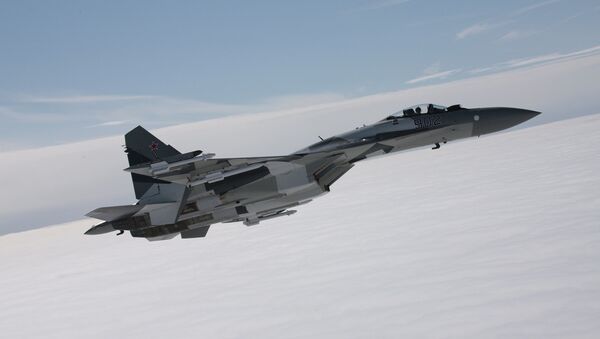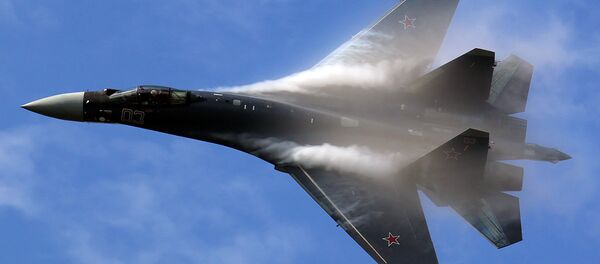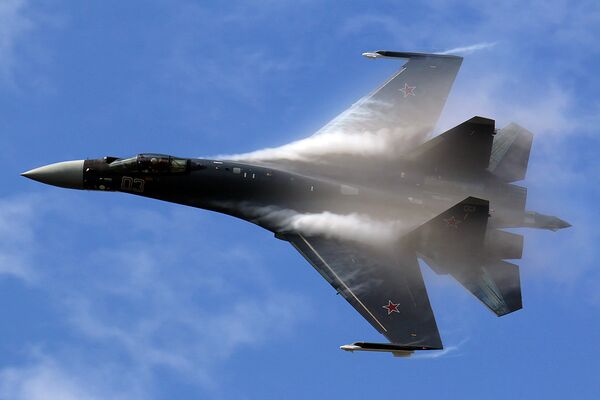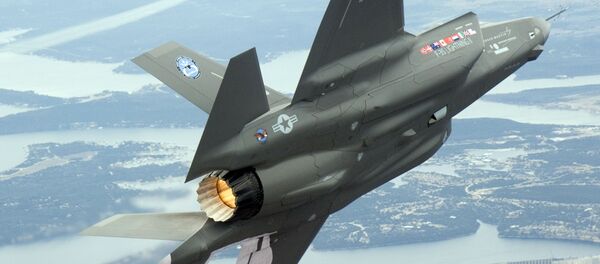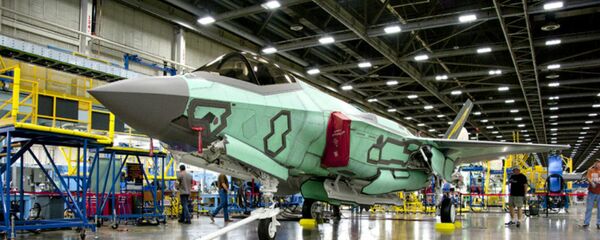Western military analysts are raising the alarm over the fact that Russia and China are enhancing their air power and fielding more sophisticated antiaircraft systems.
"For more than two decades, combat aircraft flown by the US and its European allies have pretty much owned the sky. Now, Russia and China are spending lavishly on new weapons that could challenge that superiority, spurring a new arms race," Robert Wall, the senior aerospace and aviation editor of The Wall Street Journal, notes in his recent article.
"The most pressing challenge for the United States Air Force is the rise of peer competitors with advanced military capabilities rivaling our own. Adversary advances are challenging our control of the air."
When asked about his plans for addressing these challenges, Goldfein stressed that he would push ahead with a number of modernization programs including "new platforms such as the F-35 and B-21, which will ensure a qualitative edge against likely adversaries."
However, it seems that the technological gap between the US and its peers — Russia and China — is nevertheless narrowing steadily.
Walls points out that in 2018 Russia plans to start fielding its first stealth fighter jet — the T-50.
"The twin-engine plane is designed to be highly maneuverable and equipped with sophisticated electronics to spot enemy aircraft from miles away," he stressed.
Meanwhile Russia's Su-34 bomber and Su-35 fighters have already received high praise from military analysts after Moscow's air mission in Syria.
For its part, China is taking every effort to close the gap with Western air forces.
"PLA [People's Liberation Amy] engagement activities also assist its modernization by facilitating the acquisition of advanced weapon systems and technologies, increasing its operational experience throughout and beyond Asia, and giving it access to foreign military practices, operational doctrine, and training methods," the Pentagon's 2016 China Military Power Report reads.
But that's only half the trouble for the Pentagon.
"Both China and Russia are also fielding more sophisticated antiaircraft systems. Moscow says its new S-400 can shoot down planes at a range of up to 236 miles, or roughly twice the previous range," Wall emphasizes.
The journalist emphasizes that the Pentagon, along with European defense ministries, is seeking to design a new aircraft to ensure NATO's predominance in the air.
Remarkably, back in July 2015 The National Interest named Russia's five "most dangerous warplanes." The list includes the Sukhoi Su-27 (NATO reporting name "Flanker"), Mikoyan's MiG-29 (or "Fulcrum"), the Sukhoi Su-35, the Sukhoi T-50/PAK FA, and the Soviet-era Tupolev Tu-160 strategic bombers (NATO reporting name "Blackjack").
